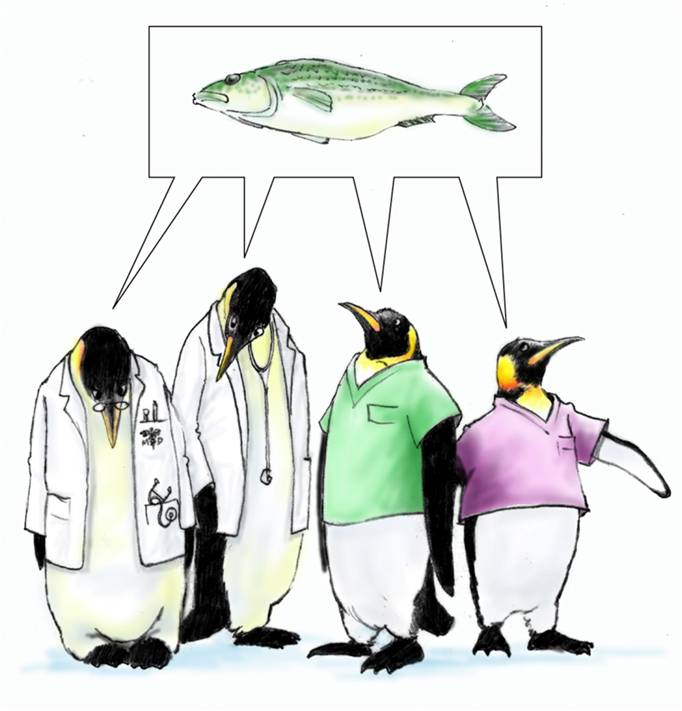
SHARED MENTAL MODEL
This means "everyone being on the same page."
It is a mental picture or sketch of the relevant facts and relationships defining an event,
situation or problem.
Shared mental models are knowledge structures of the relevant facts and relationships
about tasks or situations that the team is engaged in, and about the way the team members
interact. Shared mental models enable the team to anticipate and predict each other's needs.
A good team must track whether team performance is moving in the right direction, at
the right pace, with the necessary efficiency.
"Teams that perform well hold shared mental models." (Rouse, Cannon-Bowers, and Salas 1992)
Here is an example of what happens when a team doesn't have a shared mental model and its members
fail to communicate effectively.
(Click the play button, then double click on the screen to enlarge the video)
Shared Mental Models:
- Help ensure that teams know what to expect, so if necessary, can regroup to get on the "same page"
- Foster communication to ensure care is synchronized
- Ensure that everyone on the team has a picture of the goal, or outcome and what it should look like
- Enable team members to predict and anticipate better
- Create commonality of effort and purpose
" Shared mental models help teams avoid errors that place patients at risk."
Example:
Team Leader: "Our goal is to get the epidural anesthetic administered quickly and safely, proceed with the C-Section with
the goal of getting the baby delivered as quickly as possible, while simultaneously monitoring the mother for any adverse
reactions to the anesthesia during the procedure.
Is everyone clear about their responsbilities?"
Having explained the importance of a shared mental model, let's return now to complete our discussion of Situation Monitoring.
return to top | previous page | next page